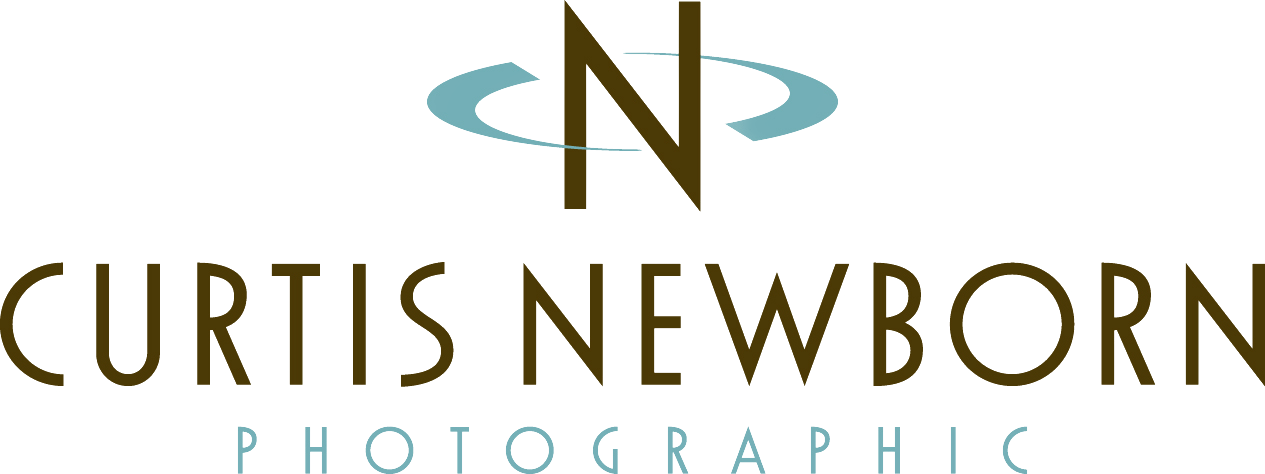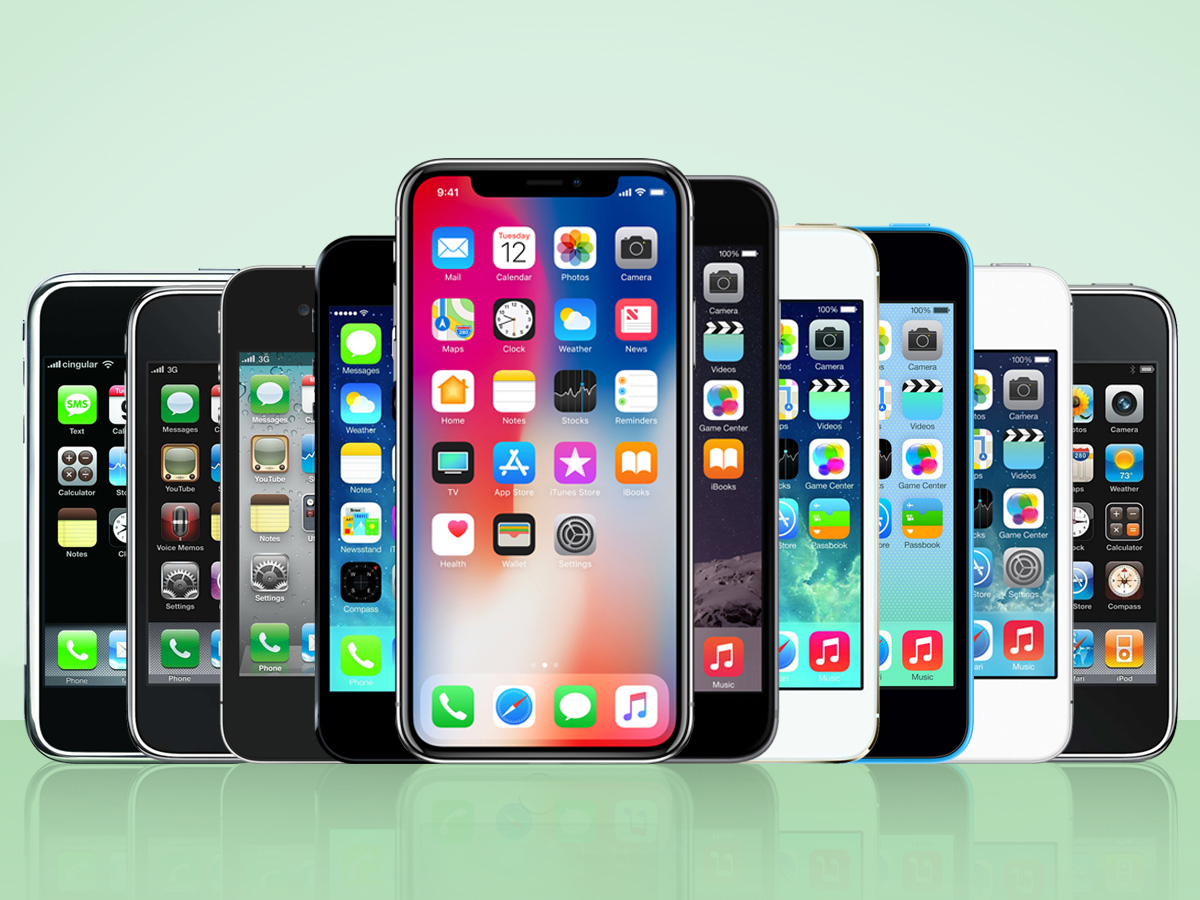Photographers face many challenges while photographing highly-reflective products like glass, gems, and metals, but to the photographer who knows how to shape and control light, eliminating reflections and other unbecoming distractions like light spots can be as easy as photographing non-reflective products. In this tutorial, we will use several different lighting variations and products to demonstrate how to correctly light reflective objects and achieve high quality images that will help to improve your products’ image and boost your sales.
Photographing Clear or Colored Glass
There are a few different ways to photograph glass, but the most flattering and visually-striking method is by lighting a glass product from behind. This simple technique is called “backlighting” and it will flatter any glass product by taking advantage of glass’ translucency to give your product that pleasing “crystal-clear” appearance.
Step 1: Arranging Your Setup
In order to create a backlighting setup, you will need a decently-sized shooting area, especially since you will be handling a fragile product. Do your best to safety-proof your studio by taping down light cords and make sure to use a sturdy table or platform to elevate your product in accordance with your light source. Position your light source behind the product so that the brightest area of light shines directly through the glass and emphasizes the natural outer lines and curves of each piece. If you have trouble leveling the light and the product, try lowering your light or elevating your product with a block. You can use continuous lighting or strobe lighting—either way is fine because you will be utilizing a tripod.
Next, you need to diffuse, or soften, the light source with an umbrella and/or several layers of rolled paper or thin white fabric. Position the white paper or fabric between the product and the light and supplement that by placing white foam board under the product and to both sides.
The foam board will help to reflect light back onto the product and cause it to wrap around the subject softly. We suggest adding an additional piece of white paper or fabric on top of the setup in order to reflect light onto the subject from above as well. Think of this “box” lighting setup as trying to imitate soft window light—you want the light to wrap around your subject evenly without creating harsh “white spots” or distracting reflections.
For bolder outlines and colors, try using black foam boards to either side of your product. This will better saturate your colors and emphasize the edges of your glassware. In the image series below, you can see the differences between using no foam boards on the sides, using white boards, using black boards, and using black boards pulled in tightly next to the product. Most notably, you will notice that the outer black line of the vase gradually becomes more defined as foam boards are added, darkened, and moved in closer.
Finally, before you begin adjusting your camera settings and shooting photos, double check that your product has been cleaned with glass cleaner and is free of dust and smudges. This will help to make your post editing even faster!
Step 2: Setting Up Your Camera
Depending on what style of lighting you choose to implement in your lighting setup, adjust your white balance accordingly using your camera’s internal shooting menu. In this tutorial, we will be using strobe lighting, so we have set our camera’s white balance to the flash setting to compensate for the blue cast of the strobe’s bulb. When in doubt, use your automatic white balance setting.
You will be focusing on one of the outer parts of your glassware because your camera’s autofocusing system needs a defined object to focus on. Choose some element of your subject that is noticeable and will be easy for your camera to recognize. In our example, we have focused on the bottom edge of the vase since it is darker and more apparent.
We recommend shooting in Manual mode, which will allow you to have total control of how your camera interprets light and records your images. You will want to set your aperture to f/11 or greater (such as f/16) in order to capture as much detail as possible. Similarly, use the lowest ISO (such as ISO 100) setting possible to preserve the most detail and prevent unappealing grain that begins appearing in images captured at higher ISOs.
If you are using continuous light, you may choose to use your camera’s meter reading in the viewfinder to dictate your shutter speed. However, since it is important to overexpose, or “blow out,” backgrounds in backlit images in order to properly expose for your subject, you will probably need to adjust your shutter speed down one or two stops from what your camera’s light meter recommends.
Step 3: Post-Processing Your Images
Fortunately, the backlighting should blow out any imperfections on your glass product, which will greatly simplify your post-production workflow. However, if any spots or smudges are visible, clone them out. After that, work on desaturating and cleaning up your background to pure white. These simple quick touch ups will make your images look great.
Photographing Metal Objects
Metallic objects are the most difficult to photograph due to their high reflectiveness. With most, if not all, metal objects, you are able to see all of your surroundings on the object’s surface.
Step 1: Arranging Your Setup
Place your object on a sturdy surface, such as a table or a block, and position two large studio lights next to it, one on either side. Both lights should be diffused with umbrellas. You will then need to hang a white sheet of rolled paper behind the product so that it sweeps underneath the product and attaches to the bottom of your camera lens to block any fall off reflections coming from the foreground and to reflect more light back onto the subject.
No foam board is necessary for this setup, since you’ll be relying on two diffused lights to softly illuminate the product. Position your camera on its tripod so that you are shooting slightly down at the product, as with the side lighting setup.
We recommend using strobe lighting for metallic products because strobes allow for more lighting control, but continuous lighting would suffice. Whatever you decide, position your lighting above your product to either side, angle them down at the product, and set them to the same power. This, along with the diffusing umbrellas, will help to evenly fill the frame with light without creating ugly bright spots on your product.
Before you begin shooting, make sure to wipe away any fingerprints or smudges that you created on the product while positioning it in the shooting space. You can spot clean the product as you go, but if possible, wear gloves to eliminate this step.
Step 2: Setting Up Your Camera
By now, we have explained all of the necessary camera settings that you will need to achieve the highest quality images that your camera can deliver. Use a large aperture of f/11 or greater and a shutter speed that properly exposes your product according to the light meter in your camera’s viewfinder. Set ISO as low as possible, preferably ISO 100, and focus on the center of the product to ensure that you get everything in focus. Auto white balance usually works fine, but it is also worth it to consider manually adjusting white balance according to the “warmth” of bulb used by your light sources.
Step 3: Post-Processing Your Images
Similar to the section on camera settings, post production should be relatively straightforward. Use healing and cloning tools to eliminate smudges, fingerprints, dust, and other types of imperfections and damages to make your product look its best. Pay special attention to color accuracy and, above all, make certain that your background is clean and white.






